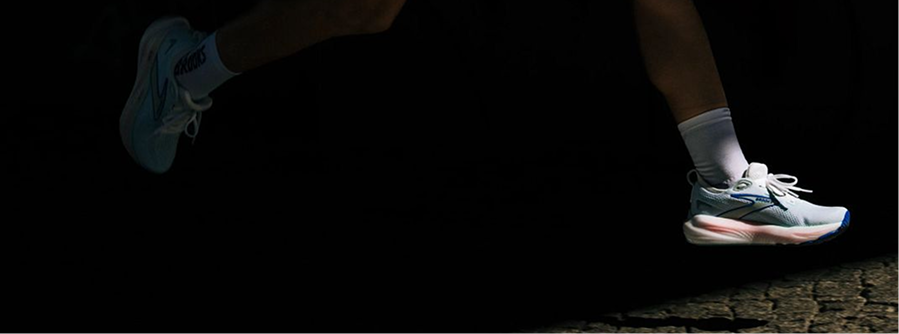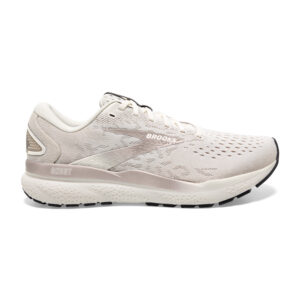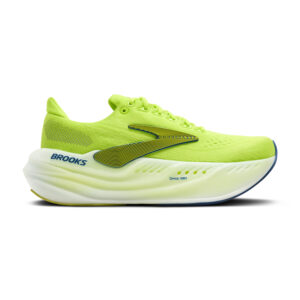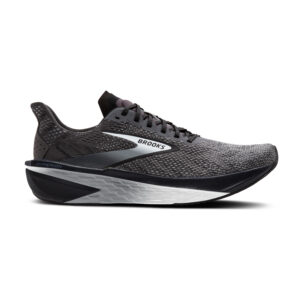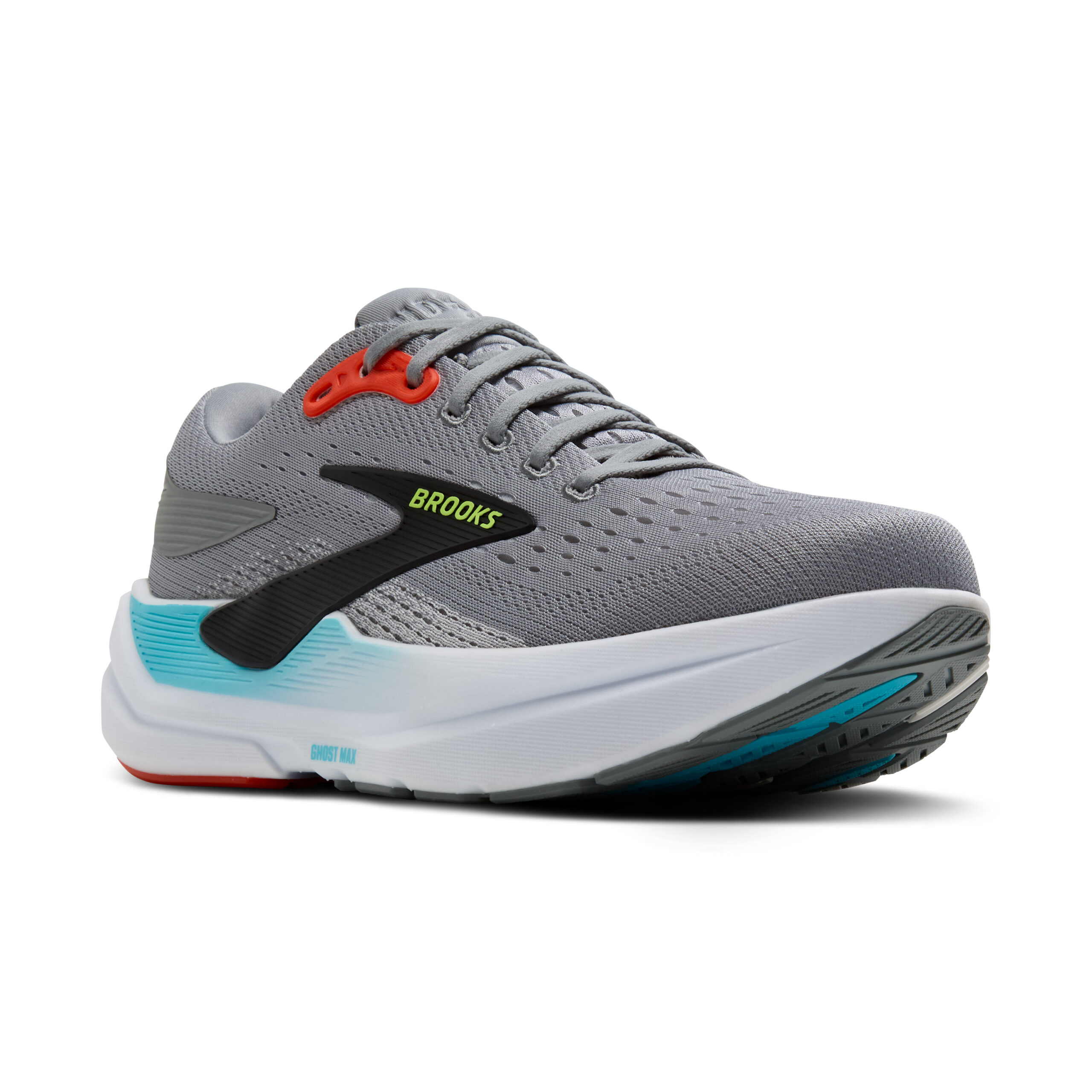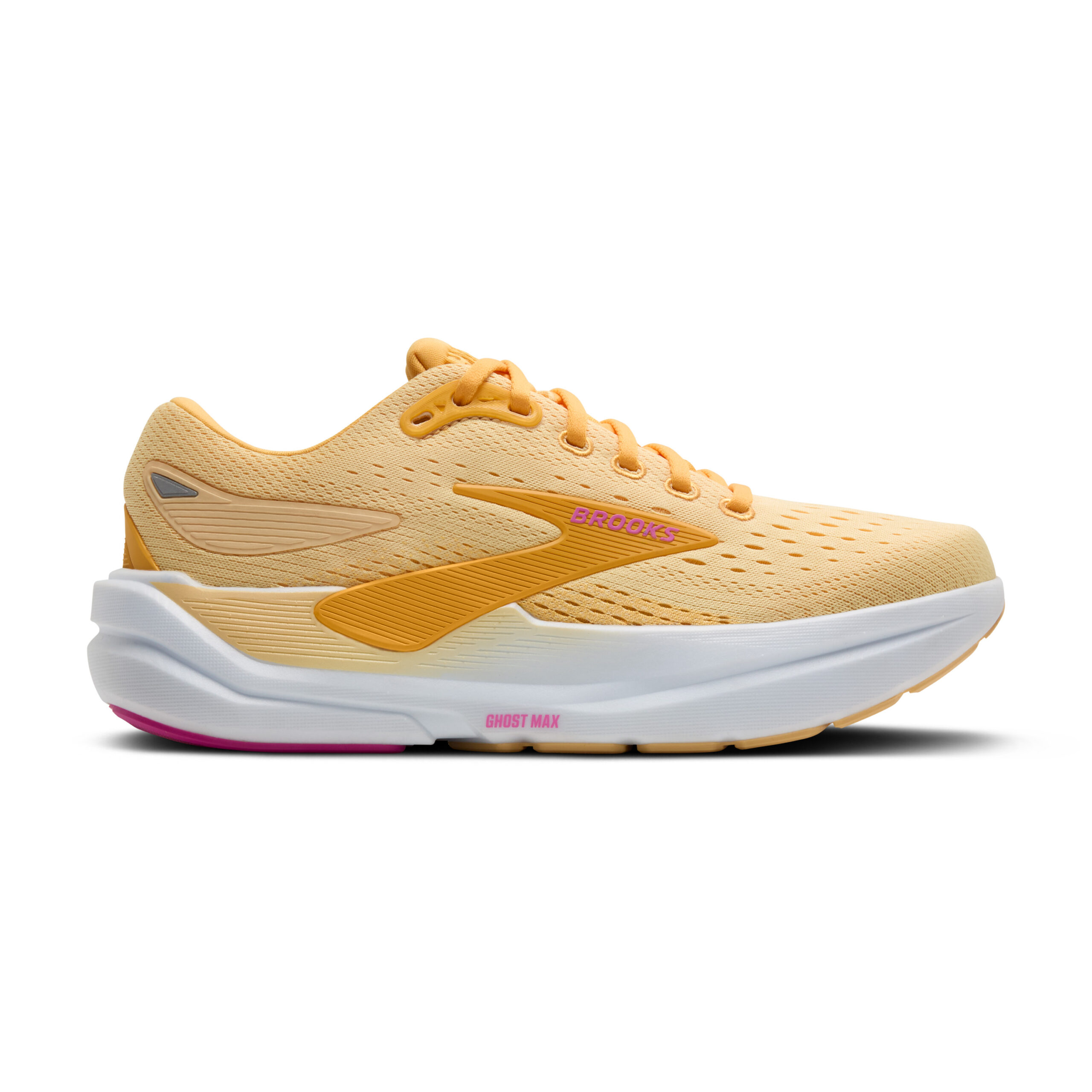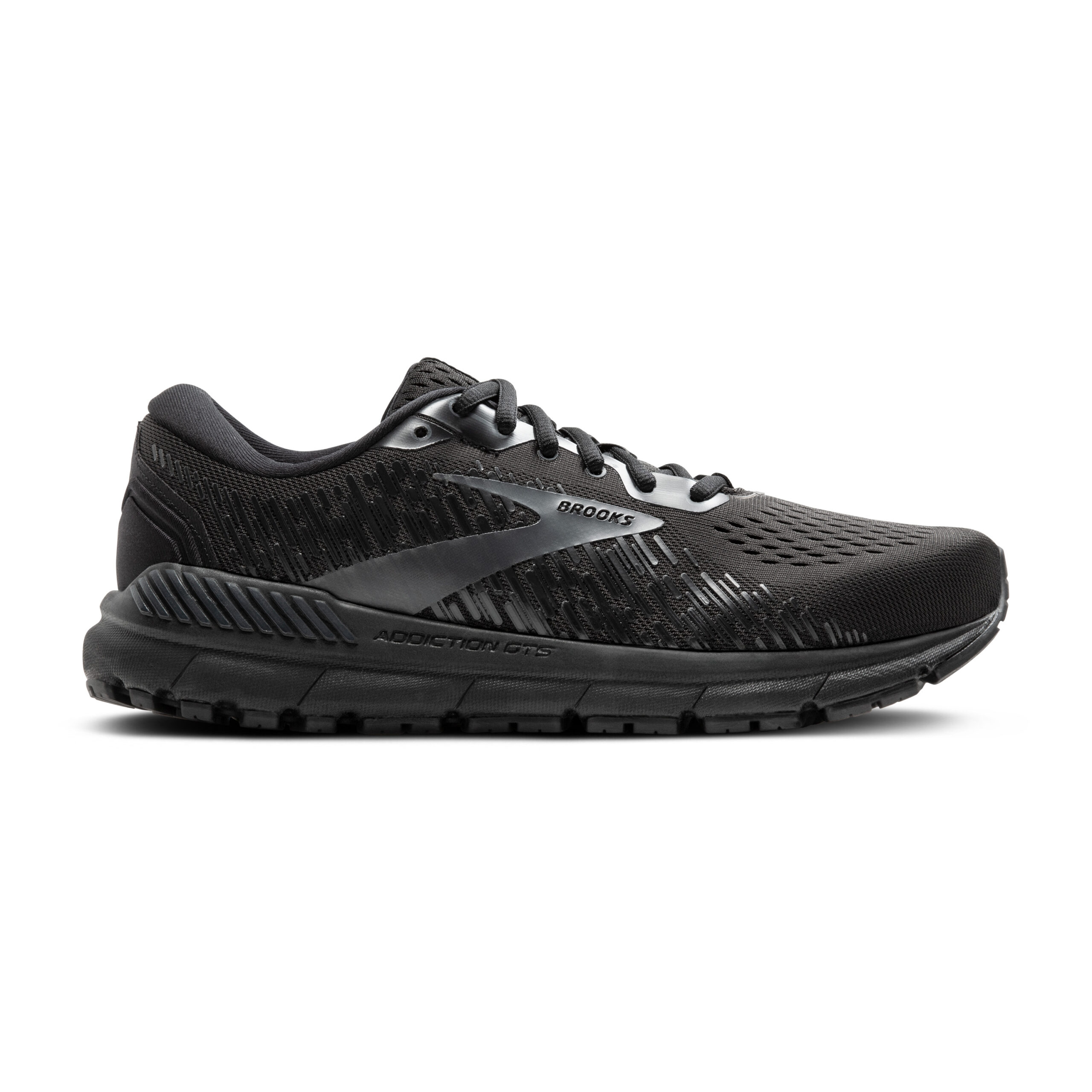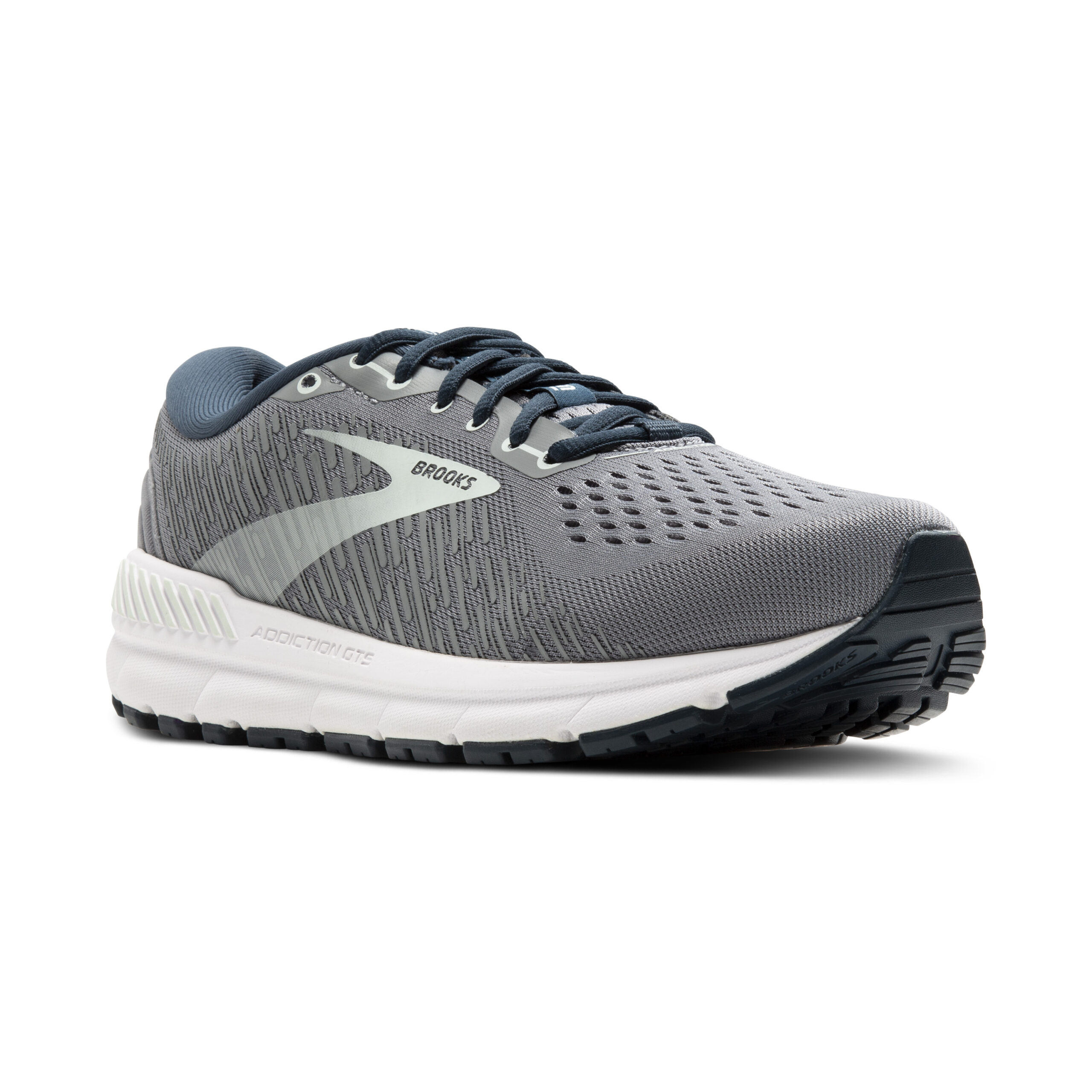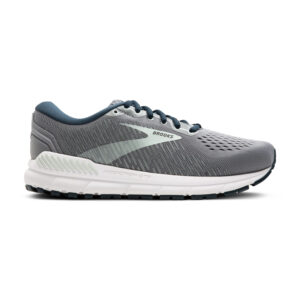Plantar fasciitis is one of the most common causes of heel pain among runners and active individuals in Singapore. With our humid weather, hard city surfaces, and year-round outdoor activity, foot strain can build up quickly. Learn what causes plantar fasciitis and discover how the right footwear can relieve pain and help you recover.
What Is Plantar Fasciitis?
Plantar fasciitis refers to inflammation of the plantar fascia, which is the thick band of tissue that runs along the bottom of your foot, connecting your heel bone to your toes.
This tissue helps support the arch and absorb impact as you walk or run. When it’s repeatedly strained or overloaded, for example, from long runs on pavements, standing for hours, or wearing unsupportive shoes, it can become irritated and inflamed.
The result is a sharp, stabbing heel pain, often worst when you first step out of bed in the morning or after sitting for a while.
Common Causes of Plantar Fasciitis
In Singapore’s active and on-the-go lifestyle, several factors can contribute to the condition:
- Repetitive impact from running, brisk walking, or HIIT workouts on hard concrete or tiled surfaces
- Wearing flat or unsupportive footwear, such as slippers or sandals with little arch support
- Foot mechanics, including flat feet or high arches that put uneven stress on the plantar fascia
- Occupations involving long hours of standing, such as teaching, retail, or healthcare
- Sudden increase in training intensity without proper stretching or rest

Choosing the Right Shoes
For runners dealing with plantar fasciitis, footwear choice is crucial. A good running or walking shoe should offer:
- Strong arch support that matches your foot shape
- Ample cushioning to absorb impact and reduce pressure under the heel
- A firm heel counter to stabilise your stride
- A rocker-style sole to encourage smooth heel-to-toe movement
These features work together to reduce strain on your plantar fascia, promote better alignment, and make each step more comfortable.
Recommended Brooks Shoes for Plantar Fasciitis
by @paulthepodiatrist. Watch Paul’s recommendations 👉 here
Brooks Ghost MAX 3
Best for: Everyday wear and long hours on your feet
The new Ghost MAX 3 offers maximum cushioning and a smooth, balanced ride — perfect for anyone managing plantar fasciitis. With its enhanced DNA LOFT v3 midsole and GlideRoll Rocker, it softens each step while encouraging easy transitions. Its wide, stable platform keeps you steady whether you’re walking through town or running along the park connector.
MEN’S GHOST MAX 3
 BLUEWASH/ATOMIZER/ORANGE
BLUEWASH/ATOMIZER/ORANGE
 ORANGE/SHOCKING ORANGE/EXCALIBUR
ORANGE/SHOCKING ORANGE/EXCALIBUR
 PRIMER GREY/ANTARTICA/RED
PRIMER GREY/ANTARTICA/RED
 SUNNY LIME/ACID LIME/TEA
SUNNY LIME/ACID LIME/TEA
Brooks Adrenaline GTS 24
Best for: Runners who need added stability and support
Now in its 24th edition, the Adrenaline GTS 24 delivers improved cushioning and smoother transitions thanks to the updated DNA LOFT v3 midsole. Its signature GuideRails® support system helps keep excess movement in check, maintaining your natural stride even when fatigue sets in. The breathable engineered mesh upper also ensures comfort in Singapore’s warm, humid climate.
Men’s Adrenaline GTS 24
 BLACK/BLACK/EBONY
BLACK/BLACK/EBONY
 ALLOY/WHT/GOLD FUSION
ALLOY/WHT/GOLD FUSION
 BLACK/COUNTRY BLUE/ORANGE
BLACK/COUNTRY BLUE/ORANGE
 BLACK/GREY/RED
BLACK/GREY/RED
 CHATEAU GREY/PORTABELLA/GRN
CHATEAU GREY/PORTABELLA/GRN
 COBALT/NEO YELL/PEACOAT
COBALT/NEO YELL/PEACOAT
 PEACOCK/BLK/SHARP GRN
PEACOCK/BLK/SHARP GRN
 THYME/BLK/PELICAN
THYME/BLK/PELICAN
 WHITE/PEACOAT/ALLOY
WHITE/PEACOAT/ALLOY
 WINTER SKY/EBONY/ORANGE
WINTER SKY/EBONY/ORANGE
Women’s Adrenaline GTS 24
 BLACK/BLACK/EBONY
BLACK/BLACK/EBONY
 BLACK/PEACH/PEACOAT
BLACK/PEACH/PEACOAT
 BLACK/WHITE
BLACK/WHITE
 BONNIE BLUE/GREY/PINK
BONNIE BLUE/GREY/PINK
 CAYENNE/THISTLE/WHT
CAYENNE/THISTLE/WHT
 COCONUT/BLK/WHT SAND
COCONUT/BLK/WHT SAND
 COCONUT/SILVERLINING/BLACK
COCONUT/SILVERLINING/BLACK
 GREY/BLUE RIBBON/PEACH
GREY/BLUE RIBBON/PEACH
 WHITE/LIMPET SHELL/AMPARO BLUE
WHITE/LIMPET SHELL/AMPARO BLUE
Brooks Addiction GTS 15
Best for: Those who prefer a roomy fit or use orthotics
The Addiction GTS 15 continues to be a top pick for individuals who need extra support and space. With GuideRails® holistic support technology, it keeps your movement controlled while easing stress on your heels and arches. The wider forefoot comfortably accommodates orthotics or broader feet, while the structured mesh upper adds stretch and durability, which is great for long walks or recovery days.
Managing and Preventing Plantar Fasciitis
Whether you’re recovering or hoping to avoid heel pain altogether, try these practical strategies:
- Warm-up and Stretch
Do calf and plantar fascia stretches before and after activity. Try rolling your foot over a massage ball or frozen bottle for 1–2 minutes to ease tightness.
- Gradual Progression
Increase your running distance or intensity slowly. Avoid jumping into long runs on concrete or track surfaces without sufficient rest days.
- Mix Up Your Workouts
Include low-impact activities such as cycling, swimming, or Pilates to reduce repetitive stress on your feet while maintaining fitness.
- Mind Your Form
Keep your foot strike neutral and avoid overpronation. Runners with flat feet may benefit from stability shoes or custom orthotic insoles.
- Rest, Ice, and Massage
If you feel heel pain, use the RICE method — Rest, Ice, Compression, Elevation — and massage gently to boost blood flow and relieve soreness.
- Seek Professional Help
If symptoms persist, consult a podiatrist, physiotherapist, or sports doctor.

Step Into Comfort
Managing plantar fasciitis starts from the ground up. Invest in supportive footwear that fits your lifestyle and activity level, and give your feet the care they deserve.
Not sure which shoe suits you best? Visit your nearest Brooks store for a professional gait analysis — and step back into comfort with confidence.
Brooks is represented in these outlets.

